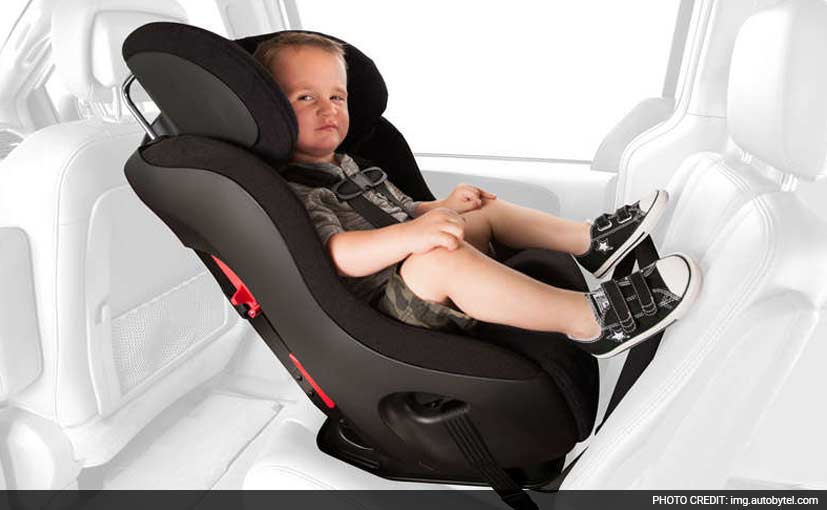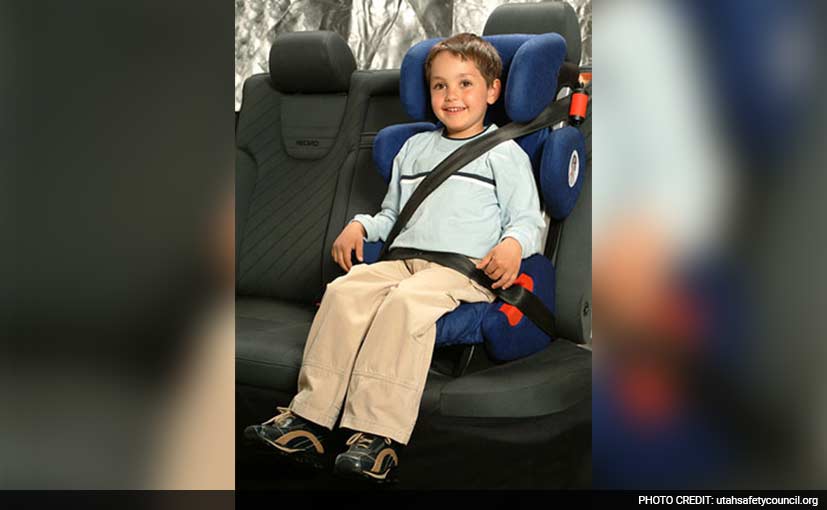How to Correctly Use Baby Car Seats
Highlights
Most car seatbelts have been designed keeping an adult in mind. They start from high up and are meant to come across the torso, beginning from the shoulder and culminating at the hip. Since babies and young children are far below what is considered to be the average adult height, the baby car seat was invented to help provide a safe and secure in-car environment that's suitable for small children.

Car seats can be categorized into rear-facing baby car seats, front-facing child seats and booster seats. Rear-facing baby car seats are normally used for infants under the age of 12 months and are made to face the rear to protect the infant from airbag related injuries. Rear facing seats also give additional support to a baby's head, neck and spine as compared to forward facing ones. Once a child grows past a certain height or weight, rear-facing seats no longer hold the same safety capabilities and at this juncture, a forward facing seat should be installed. To protect the child against passenger airbag injuries, these seats tend to be placed in the rear of the car. The last type called a booster seat, works for slightly older children who may not yet have reached the correct height to safely use a normal seatbelt. Booster seats basically enable a child to sit much higher up compared to a normal car seat thereby allowing the seatbelt to safely strap across the child's ribcage and pelvis.

Besides the aforementioned tips regarding the correct usage of different child and baby car seats, NBC News reported on how children wearing thick winter coats should not be strapped into such safety seats. In the following video, two consecutive crash tests were performed with a child sized dummy; 1 in which the child is wearing a big puffy jacket and 1 in which the jacket has been removed.
(Video Source: NBC News)
The result of the 2 crash tests proved that the gap created between the child's body and belt is substituted by the thick coat, giving a false sense of security to the parent or person responsible for strapping the child in. On first impression, the bulk of the jacket doesn't seem to make much of a difference once the belt is on as it seems tight. But in reality, the gap created is quite substantial, which means that even though it may seem tightly fastened, the belt is actually loose. As a result, in case of frontal impact, the child's body can slip out of the top of the harness and jacket with relative ease which is extremely dangerous. In contrast, if the jacket is removed and the same experiment is repeated, the belt tightly and securely holds the child in place. Thus, as a thumb rule, never strap a child into a baby car seat whilst they are wearing a thick winter jacket.
Last Updated on December 18, 2015
